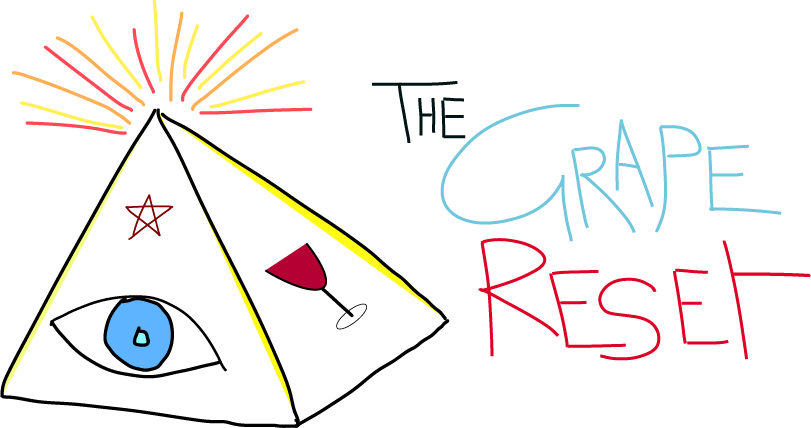Domaine Ligas
Overview & Philosophy
Domaine Ligas (Ktima Ligas) is a family winery in Pella, Macedonia, northern Greece, founded by Thomas Ligas around 1985.
The winery is now run alongside his children, Meli (Melissanthe) Ligas and Jason.
Their approach is experimental, organic, and natural—favoring minimal intervention, native yeast fermentations, and biodiversity in the vineyard.
They focus on reviving rare and local Greek varieties that once nearly vanished after phylloxera, such as Kydonitsa, along with more familiar ones like Roditis, Assyrtiko, Xinomavro, Limniona.
Vineyards & Terroir
The vineyards lie on the gentle slopes of Pella, in the shadow of Mount Paiko, within a region historically known for viticulture.
Soils are a mixture of loamy sand, limestone, and clay, with good drainage.
The estate maintains organic certification, and since about 2007 they have moved toward permaculture / regenerative practices beyond baseline organics.
The vineyard management is gentle: they allow grass to grow between rows, encourage biodiversity, keep soils loose, and intervene only when essential.
The microclimate of the area offers abundant sunshine, cooling air flows, and “sun + fresh air” ideal for balanced ripening.
Grape Varieties & Wine Styles
White grape varieties include Roditis, Assyrtiko, and Kydonitsa.
Red / local varieties include Xinomavro, Limniona, and experimental blends.
Some of their signature or experimental wines:
Kydonitsa Barrique / Katina — A skin-contact / barrel-aged Kydonitsa expression.
Lamda / Assyrtiko variants — white wines with complexity and terroir transparency.
Roditis, Roditis Barrique, Roditis Maceration — showcasing the versatility of Roditis in white, skin-contact, and barrel styles.
Antigonisme — A Xinomavro expression.
Limniona (Sauvage Bleu) — natural red without added sulfites, highlighting Limniona’s character.
Yomatari — a blend (Roditis / Assyrtiko) in their natural portfolio.
Spira, Le Rosé, Xi-Ro, Moschomavro — among their rosé, co-ferment, and blending experiments.
In the cellar, they use stainless steel, concrete, oak barrels, and amphora, depending on the wine style.
Winemaking & Technical Methods
Fermentation: Always spontaneous (with natural / indigenous yeasts).
Additives: Minimal to none; no enzymes or synthetic corrections.
Sulfur: Extremely limited or zero added sulfur in many cuvées (e.g., Kydonitsa, Limniona, natural lines).
Filtration / Fining: Wines are normally unfined / unfiltered to preserve texture and character.
Barrel Maturation: Red wines typically mature first in oak casks, then rest in bottle in an underground cellar.
Macération / Skin Contact: Some whites and orange wines receive skin contact (maceration) to enhance structure, phenolics, and complexity.
Harvest & Sorting: Grapes are hand-harvested (mid-August to late September) in small batches, allowing careful selection.
Natural Vineyard to Bottle Philosophy: The project is often described as “doing nothing” or “non-imposition” — the winemakers try to intervene as little as possible, letting vintage and site speak.
Strengths & Distinctive Qualities
Revival of rare native grapes: Kydonitsa is a standout example of the estate’s mission to retrieve nearly forgotten varieties.
Organic / permaculture ethic: The vineyard practices go beyond organic, with long-term soil health and biodiversity in view.
Experimental & diverse styles: The portfolio spans white, orange, red, rosé, barrel-aged, amphora, and natural wines — all within a coherent philosophy.
Terroir clarity: Soils, climate, elevation, and minimal intervention combine to express Pella’s site character in the wines.
Youth and family continuity: With Thomas and his children running the estate, there is energy to balance tradition and innovation.
Natural wine recognition: Many of their wines are listed in natural / raw wine circles and are known for transparency, verve, and distinctiveness.
-
Domaine Ligas - Natural wines - Permaculture vines - Pella
Address: 1st km Giannitsa, Archontiko 581 00, Greece
Phone: +30 2382 024421
Website/Social: https://www.instagram.com/domaineligas/

